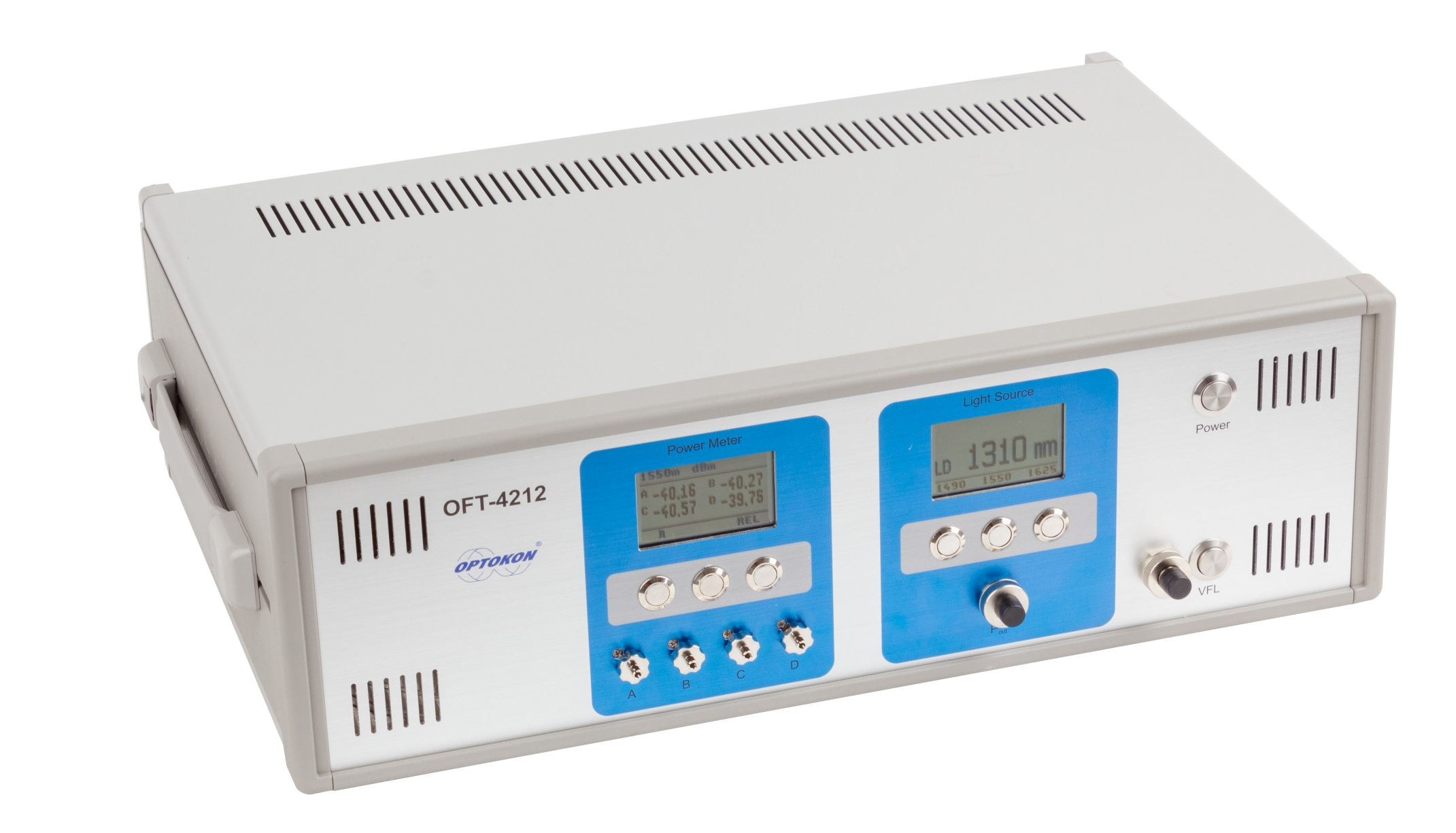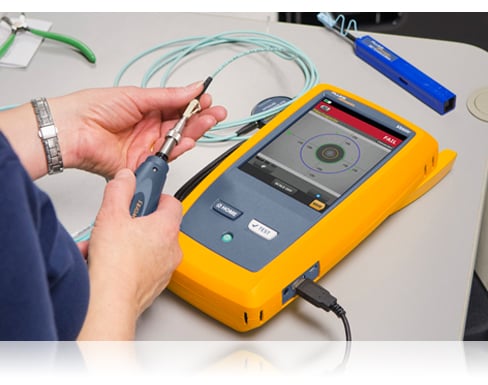All You Need to Find Out About Robotic Vision and Its Applications in Advanced Optical Measurement Systems
Robotic vision represents a significant advancement in the crossway of computer system vision, expert system, and machine understanding. This technology enhances the precision of optical measurement systems, allowing real-time data evaluation and improved top quality control. Its impact extends multiple markets, from manufacturing to health care. However, the developing landscape of robotic vision raises questions regarding future capacities and applications (optical fibre diameter analyser). What advancements lie ahead in this transformative area?
Recognizing Robotic Vision: Trick Concepts and Technologies
Robotic vision encompasses the innovations and techniques that enable devices to translate and recognize aesthetic info from their environment. This field combines elements of computer system vision, expert system, and artificial intelligence to facilitate automatic decision-making based upon visual information. Secret concepts include photo processing, which entails the enhancement and evaluation of images to remove purposeful attributes, and object recognition, which permits devices to identify and categorize items within a scene.

The Assimilation of Robotic Vision With Optical Dimension Equipments
As sectors significantly require precision and performance, the combination of robotic vision with optical measurement systems has become a transformative strategy. This harmony enables robots to perceive and analyze their environments, boosting the capability of optical measurement systems to examine and analyze items with exceptional precision. By equipping optical sensors with advanced imaging innovations, robotic vision makes it possible for real-time data collection and handling, assisting in prompt modifications to measurement specifications.
The mix equips automated systems to identify variants in measurements, surface area top quality, and positioning, which are important in top quality control procedures. Improved algorithms, such as maker discovering, additional increase this assimilation by boosting the systems' capacity to adjust to different environments and scenarios. Subsequently, the integration not only enhances measurement processes but additionally lessens errors, guaranteeing that items fulfill strict market requirements, thereby strengthening the role of robotic vision in the future of optical dimension systems.
Applications of Robotic Vision in Production
In contemporary production atmospheres, the usage of vision systems has actually changed production processes by allowing devices to perform tasks with remarkable accuracy and speed. Robotic vision systems are progressively employed for quality assurance, where they check items for defects and assurance adherence to specs. These systems make use of electronic cameras and advanced formulas to examine items in real-time, significantly lowering the threat of human mistake.
Additionally, robot vision facilitates automation in assembly lines, permitting robots to precisely determine elements and assemble them with marginal downtime. This innovation likewise enhances supply monitoring, as vision systems can check stock levels and identify discrepancies, ensuring a Visit Website smooth supply chain.
Moreover, robotic vision help in the execution of smart factories, where information from vision systems can be incorporated with various other technologies to optimize process. On the whole, the applications of robot vision in making demonstrate its important duty in enhancing performance, high quality, and performance throughout different markets
Robotic Vision in Medical Care: Revolutionizing Client Care

In recovery, robot vision help in keeping an eye on person development and customizing therapy sessions to specific needs. It sustains doctor by automating tasks such as data collection and person surveillance, permitting more time to concentrate on straight individual interaction. Additionally, robot vision boosts telemedicine by making it possible for remote diagnosis and virtual examinations, connecting the gap in between clients and doctor. On the whole, the application of robotic vision in health care is reinventing patient treatment, causing improved end results, effectiveness, and patient satisfaction.
Future Fads and Advancements in Robotic Vision Technology
The quick evolution of robot vision innovation assures to even more improve its applications throughout various fields, including health care. Future trends suggest a significant change in the direction of including expert system and artificial intelligence, allowing systems to discover from huge datasets and boost precision gradually. Enhanced sensing unit modern technologies and deep knowing algorithms are expected to fine-tune object recognition capacities, allowing her response robots to analyze intricate environments better.

Moreover, the combination of increased fact (AR) with robotic vision will likely change exactly how robots aid in surgeries and diagnostics. This synergy will certainly assist in real-time data visualization, improving decision-making processes. Additionally, miniaturization of components will certainly bring about more compact and versatile robot vision systems ideal for a variety of tasks. As these improvements unravel, sectors will witness enhanced automation and effectiveness, strengthening robotic vision as a cornerstone of innovative technological remedies.
Frequently Asked Concerns
What Are the Main Elements of a Robot Vision System?
The main elements of a robot vision system include cams for picture capture, processors for data analysis, algorithms for analysis, and actuators for movement. Together, these components allow robots to perceive and connect with their setting effectively.
How Does Robotic Vision Improve Accuracy in Measurements?
Robotic vision enhances measurement precision by utilizing advanced imaging technologies, making it possible for precise things detection and spatial analysis. This capability reduces human error, boosts repeatability, and allows for real-time modifications, eventually boosting general dimension integrity and efficiency.
What Industries Advantage Most From Robotic Vision Technology?
Various sectors benefit significantly from robot vision technology, including production, medical care, farming, and logistics. These industries utilize improved precision, original site effectiveness, and automation, bring about enhanced efficiency and minimized functional expenses in their respective processes.
Can Robotic Vision Systems Job in Low-Light Issues?
Robotic vision systems can indeed work in low-light conditions, making use of innovative sensing units and formulas to improve photo clearness. This capability allows them to execute efficiently in various settings, consisting of industrial and security applications, even with minimal lighting.
What Are the Costs Related To Carrying Out Robotic Vision?
The prices connected with executing robot vision differ considerably, influenced by parts such as cameras, software program, and combination. Extra expenditures consist of upkeep, training workers, and prospective upgrades to existing systems, which can accumulate with time.